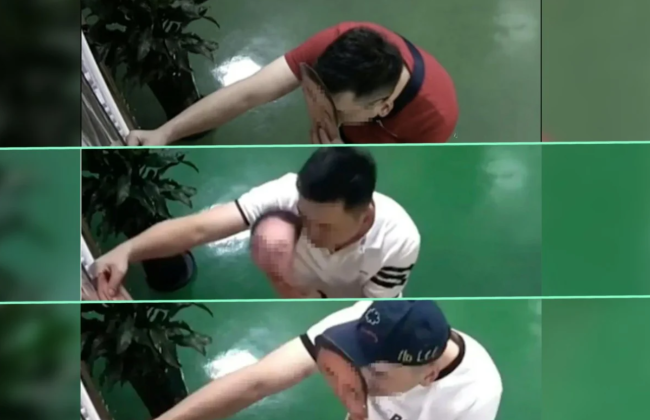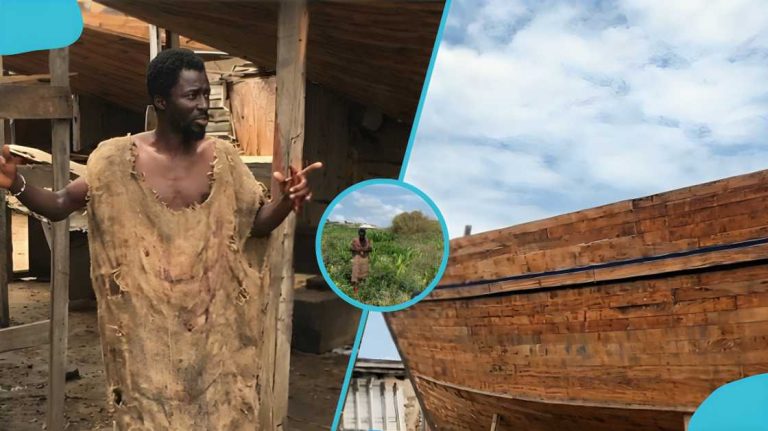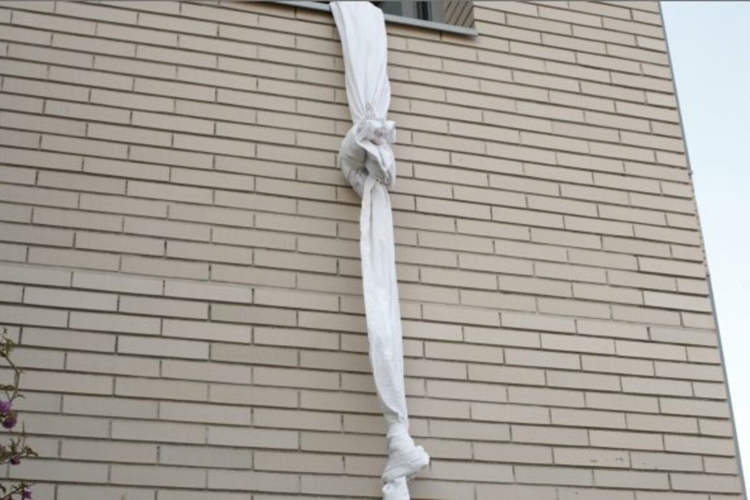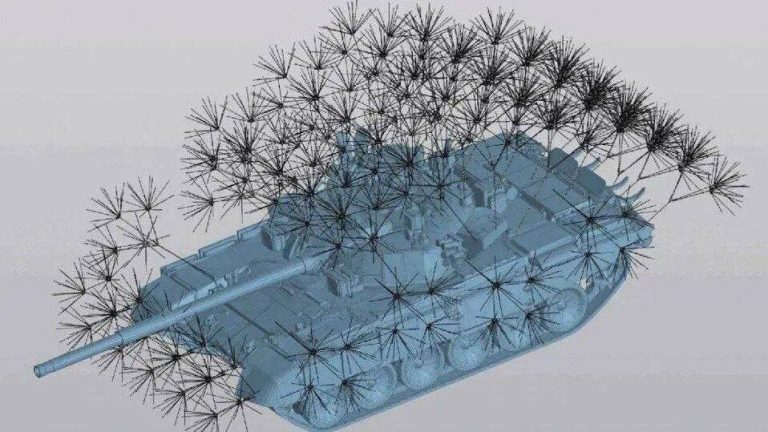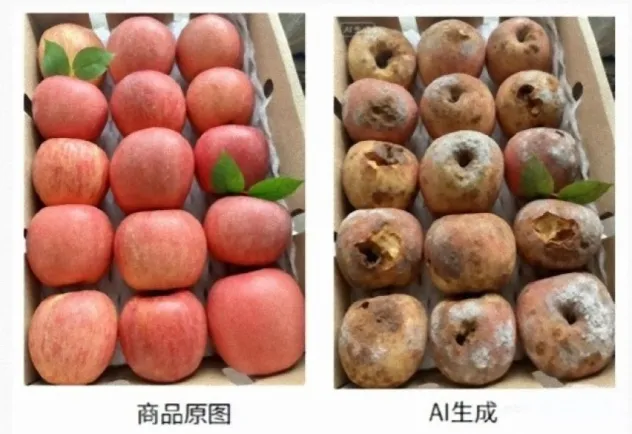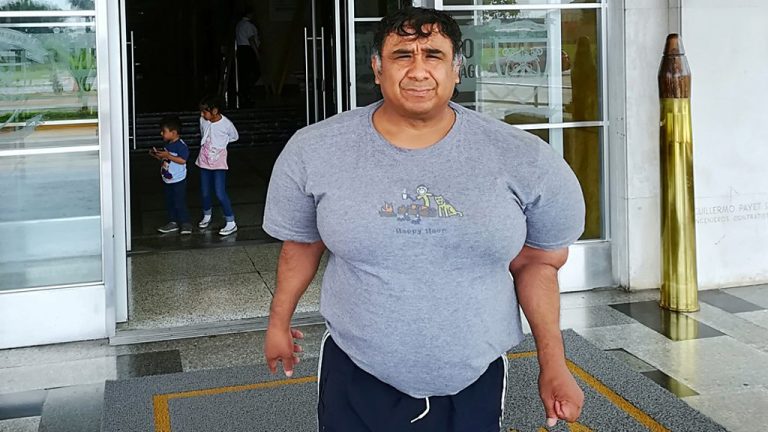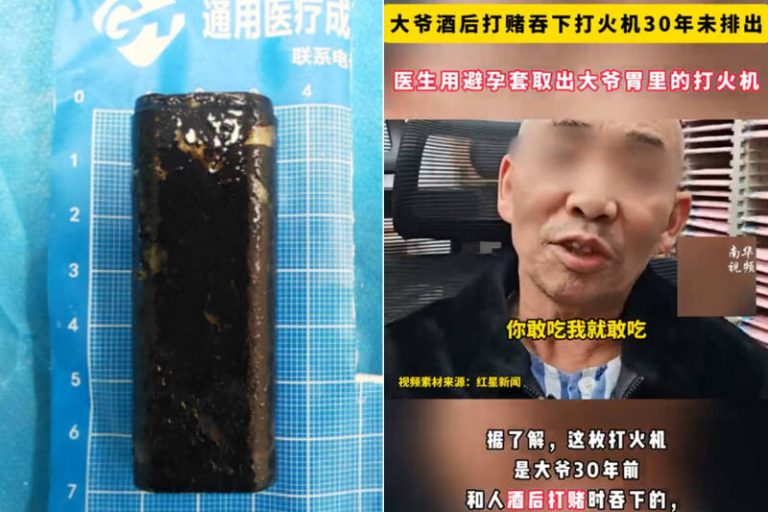The “Class of Life” is a controversial program introduced in various Japanese middle-schools where students spend months raising and getting attached to fish, before having to decide whether to eat them or not.
A part of the Sea and Japan Project sponsored by Nippon Foundation, the Class of Life was introduced in a number of schools across Japan in 2019, with the goal of teaching young students about the work that goes into land-based aquaculture, the challenges the activity involves, and last but not least, the importance of life. To this end, students in classes 4th to 6th are entrusted with a number of small fish and tasked with raising them to maturity for at least six months and up to a year. The controversial aspect of the program is that at the end, the students need to decide the fate of the fish, whether to release or eat them…
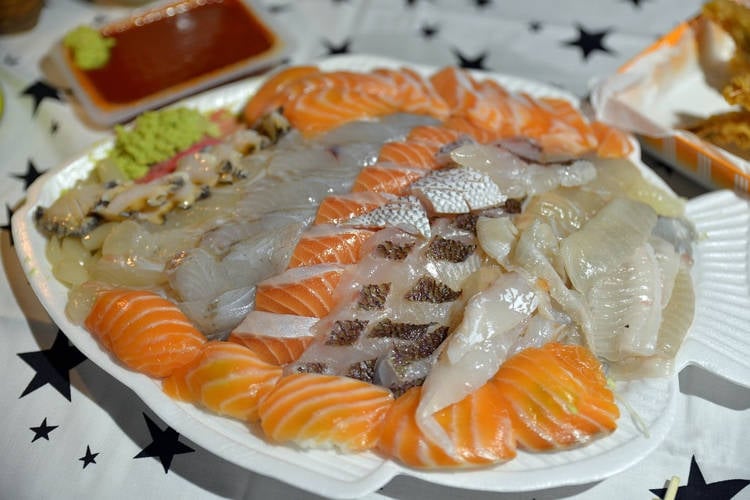
Photo: Ah_bin-Yul/Pixabay
On July 21st, Japanese TV network FNN Original Prime Time broadcast a segment on the Class of Life at a middle school in Hamamatsu City, Shizuoka, where students were entrusted with the care of several young flatfish. In October of 2020, the teacher told students that they needed to become “the father and mother” of the fish for the next eight months, which meant feeding and monitoring them and the water they lived in.
As you can imagine, over the 8 months, most of the children became attached to the fish, with some even naming them and treating them as beloved pets.
“It’s easier to remember them by name, one of the students said. “They are like real friends.”
If some or all the fish die, they are given new ones and the children have to learn from their mistakes in order to raise them to maturity. Any mistakes are considered part of the learning process. But while seeing the fish die because of their mistake can be hard to overcome by the children, it’s nothing compared to the decision they have to make at the endo of the program.
Two weeks before the end of the Class of Life, the children at the Hamamatsu school featured on FNN were told by their teacher that they needed to decide whether they wanted to eat the fish or release it back into the ocean, where it risked winding up in someone else’s net or being eaten by other fish. As the deadline neared, children debated on the correct approach.
“I think it’s better to eat them and know the value of life,” one student said.
“I think it’s better to let them swim into the wide sea than to eat them”, another countered.
On the big day, tension was high, an when the teacher asked for a show of hands in favor of eating the fish, 11 children raised their hands. With only 6 students having opted for the fish to be released, a chef was brought in to turn Michael and the other flatfish into sashimi for the children who voted to eat them.
In the end, some of the children who had opted to eat the fish couldn’t even take a bite, but such behavior is considered normal. While seemingly cruel, the program and the decisions young children have to make are supposed to help them grow up and understand the importance of life.
Interestingly, this isn’t the only program of its kind in Japan. A few years back, we wrote about a similar initiative at the Izumo Agricultural and Forestry High School, in Izumo, where students had to hatch eggs into chicks, raise them and then eat them, as a way of gaining a new appreciation for life and the food they consume.


